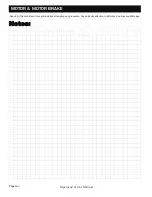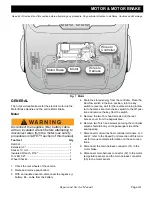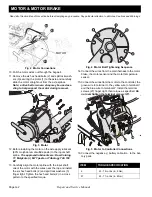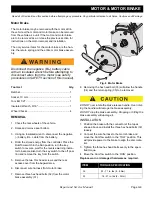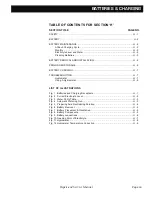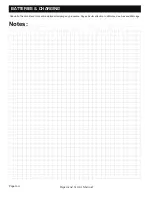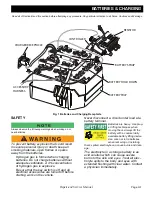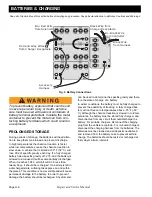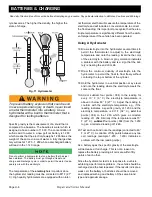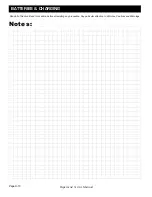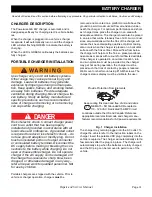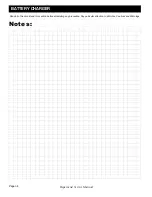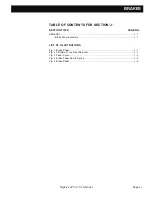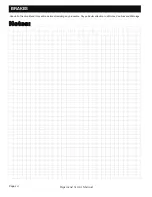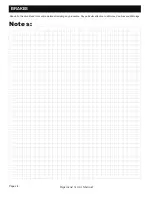
Page H-8
BATTERIES & CHARGING
Repair and Service Manual
Read all of Section B and this section before attempting any procedure. Pay particular attention to all Notes, Cautions and Warnings.
B
lyte becomes. The higher the density, the higher the
state of charge.
Fig. 11 Hydrometer
To prevent battery explosion that could result
in severe personal injury or death, never insert
a metal thermometer into a battery. Use a
hydrometer with a built in thermometer that is
designed for testing batteries.
Specific gravity is the measurement of a liquid that is
compared to a baseline. The baseline is water which is
assigned a base number of 1.000. The concentration of
sulfuric acid to water in a new golf car battery is 1.280
which means that the electrolyte weighs 1.280 times the
weight of the same volume of water. A fully charged bat-
tery will test at 1.275 - 1.280 while a discharged battery
will read in the 1.140 range.
Do not perform a hydrometer test on a battery that has just
been watered. The battery must go through at least one
charge and discharge cycle in order to permit the water to ade-
quately mix with the electrolyte.
The temperature of the
electrolyte
is important since
the hydrometer reading must be corrected to 80° F (27°
C). High quality hydrometers are equipped with an inter-
nal thermometer that will measure the temperature of the
electrolyte and will include a conversion scale to correct
the float reading. It is important to recognize that the elec-
trolyte temperature is significantly different from the ambi-
ent temperature if the vehicle has been operated.
Using A Hydrometer
16. Draw electrolyte into the hydrometer several times to
permit the thermometer to adjust to the electrolyte
temperature and note the reading. Examine the color
of the electrolyte. A brown or gray coloration indicates
a problem with the battery and is a sign that the bat-
tery is nearing the end of its life.
17. Draw the minimum quantity of electrolyte into the
hydrometer to permit the float to float freely without
contacting the top or bottom of the cylinder.
18. Hold the hydrometer in a vertical position at eye level
and note the reading where the electrolyte meets the
scale on the float.
19. Add or subtract four points (.004) to the reading for
every 10° F (6° C) the electrolyte temperature is
above or below 80° F (27° C). Adjust the reading to
conform with the electrolyte temperature, e.g., if the
reading indicates a specific gravity of 1.250 and the
electrolyte temperature is 90° F (32° C),
add
four
points (.004) to the 1.250 which gives a corrected
reading of 1.254. Similarly if the temperature was 70°
F (21° C),
subtract
four points (.004) from the 1.250
to give a corrected reading of 1.246.
20. Test each cell and note the readings (corrected to 80°
F or 27° C). A variation of fifty points between any two
cell readings (example 1.250 - 1.200) indicates a
problem with the low reading cell(s).
As a battery ages the specific gravity of the electrolyte
will decrease at full charge. This is not a reason to
replace the battery providing all cells are within fifty
points of each other.
Since the hydrometer test is in response to a vehicle
exhibiting a performance problem , the vehicle should be
recharged and the test repeated. If the results indicate a
weak cell, the battery or batteries should be removed
and replaced with a good battery of the same brand,
type and approximate age.

